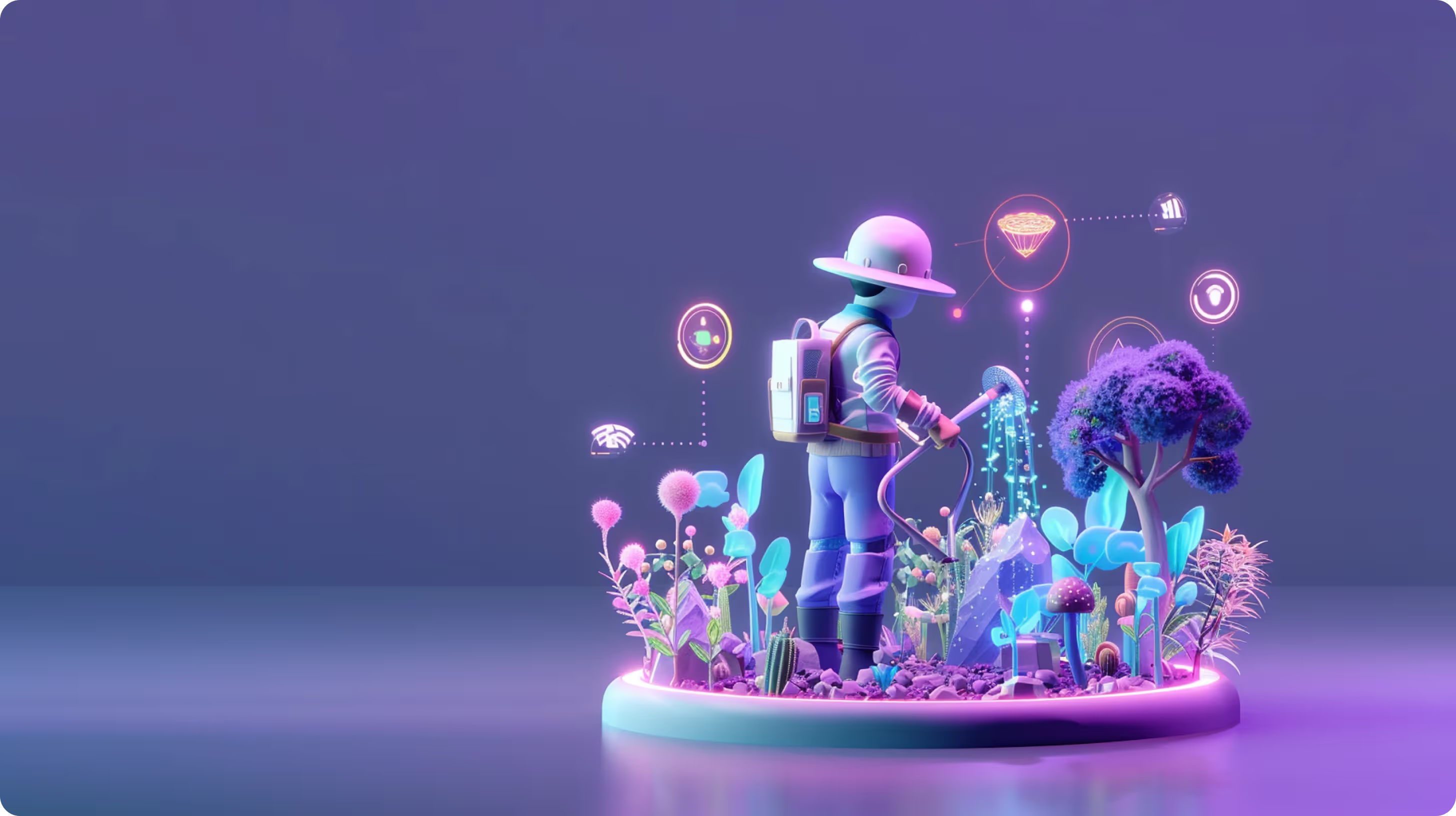
Learn how you can considerably reduce development time, increase efficiency, and improve revenue by investing in a cohesive and effective design system.
We all seem to know the value of design. Yet, design systems aren’t as widespread across businesses as they should be, given their benefits and advantages.
Moreover, design or marketing leads at times doubt the ultimate worthiness of a design system. Even though a well-implemented design system streamlines design and development processes, improves consistency across products and features, and enhances content delivery, its influence is not always particularly tangible for decision-makers.
Okay, we’ve all heard of consistent and engaging user experiences, but what’s so special about a design system for businesses?
Without a design system, website pages — or products generally — have inconsistent UI elements (color schemes, typography, button styles and sizes, etc.), noticeable to visitors. If you come across recently released features and pages on the site that visibly contrast with existing ones, you find a vivid example of an inconsistent user interface (UI).
Yet another indicator that your business aches for a design system is the repetitious need for UI component redesigns. Without unification, designers, whether in-house or outsourced, continually rework designs to suit new needs or preferences, leading to a lack of cohesion — essentially visual chaos.
Obviously, creating anything anew significantly slows down the development process. In this scenario, the never-ending back-and-forth between design and developers results in slow production speed. A sign your design operations are time-consuming and inefficient.
In such environments, one of the first things that leaps to the eye is a lack of reusable elements. Time and again, similar elements are repeatedly designed and developed rather than automated. Over time, this leads to difficulties in scaling. Painful and resource-sensitive as it is, your business’s design language and identity are both lost in visual clutter while requiring substantial investment to sort the matter out.
Speaking of resources, you may not realize that with no predefined rules and components, developers, more often than not, write custom code for styling and layout. Bloated codebases are like Pandora's box — something no one wants to open.
Without a common design language or set of guidelines, inefficiencies in collaboration between marketers, designers, and developers are so overwhelming that even simple interactions can become roadblocks.
Don’t grow overly stressed out — there is a solution to all of these problems!
The one thing to note when developing a design system is that it’s a step-by-step process naturally extended from existing style guides and pattern library practices.
While thoroughly reviewing the style guide, brand guidelines, and any documentation related to design, we learn a lot about very prescribed brand-specific approaches to design. Solely style-focused businesses can miss out on the bigger picture.
That’s why, at this stage, our task is to spot inconsistencies and gaps, visual or functional. Plus, we have to make sure there’re no outdated practices that do not align with modern design standards and best practices.
Afterward, we embark on a holistic product review, focusing on the interface, user experience, and overall aesthetic across multiple platforms and devices where the products are used. Based on the insights, we come to mapping design relationships — how products relate to each other and overlap in design.
Redundancies are to be eliminated or consolidated, depending on their nature.
Are we over? Far from it. To understand the needs and behaviors of users, we analyze user interactions. This reveals which design elements are highly interactive and which are overlooked — invaluable insights for guiding future design decisions.
Coming up with a fresh design element typology can be super beneficial for businesses that have never gone through a brand redesign. Although recommended it’s not by any means mandatory.
With the data collated from the previous phases, we work out and classify design elements, wrapping them up into a well-structured typology. From buttons, CTAs, and widgets to layout — this pool of design elements should be exhaustive.
Even more importantly, we establish comprehensive guidelines for typography, color schemes, imagery, and iconography, including all technicalities (sizes, spacing, responsive behavior). It’s worth noting that we do so to ensure consistency across all devices and platforms, not just the preferred one.
Lastly, we approach setting up a visual language that resonates with the brand and its values.
We build a design system by integrating the typology and style guidelines into a well-organized framework that teams can easily access and understand. There are many questions to be addressed in terms of accessibility, control, ownership, etc.
Moreover, the design system must be seamlessly integrated into the design and development ecosystem. To keep it well-managed, we advise running regular checks and updates to the documentation so that nothing gets lost.
Take care of onboarding materials to help new members get on the same page as others while effectively using, to the best of their knowledge, the power of your design system.
What else? Monitor and evaluate! Reviewing performance and implementing new technologies and best practices timely keeps your design system a dynamic, evolving living thing. If used properly, it can result in a cumulative — design and development altogether — ROI of 135%.
Book a free 30-minute call with Darwin's Head of Design to brainstorm and fire off questions about the project you're racking your brain about. In this session, you'll gain a design concept idea developed on the spot, providing a solid starting point for your design journey.
Book a Call